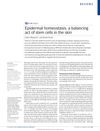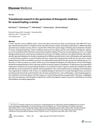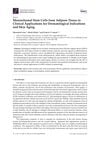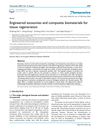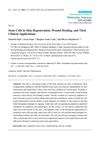Long-Term Time-Lapse Multimodal Intravital Imaging of Regeneration and Bone Marrow-Derived Cell Dynamics in Skin
September 2013
in “
Technology
”
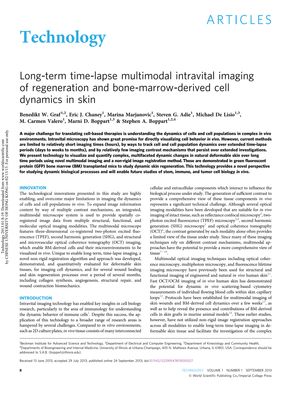
TLDR The study introduced a new imaging technology to track skin healing and bone marrow cell activity over time.
In the 2013 study, researchers introduced a new multimodal imaging technology combined with a non-rigid image registration method to observe and quantify skin regeneration and the dynamics of bone marrow-derived cells over extended periods. The technology utilized a combination of TPEF, SHG, and OCT imaging to visualize these processes in vivo in GFP bone marrow transplanted mice. The study successfully tracked various aspects of skin regeneration, such as collagen synthesis, angiogenesis, and wound contraction, over several months. The non-rigid registration algorithm was essential for accurately aligning images over time, considering the deformable nature of skin. This advancement provided significant insights into the role of bone marrow-derived cells in cutaneous regeneration and offered a valuable tool for future research in stem, immune, and tumor cell biology in vivo.
